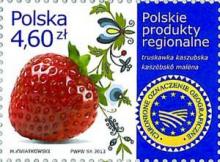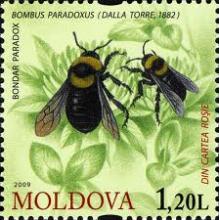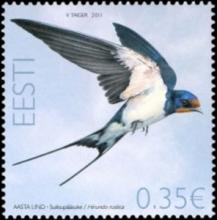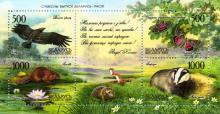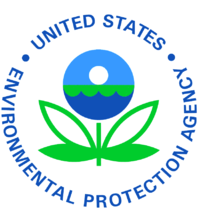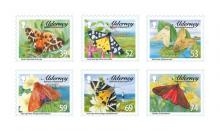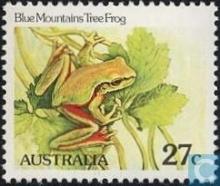The Ontario Beekeepers Association is accusing the federal government of not going far enough in regard to a series of recently-announced measures aimed at curtailing a drastic rise in bee deaths
Tibor Szabo, the OBA’s 1st vice president, told OurWindsor.ca that despite the Pest Management Regulatory Agency’s announcement Friday focusing on a tightening of rules in respect to the use of neonicotinoid seed treatments, the plan as currently written is nowhere near sufficient. Some of the protective measures for corn and soybeans – which the PMRA hopes to have in place for the 2014 season - are set to include requiring the use of safer dust-reducing seed flow lubricants; requiring adherence to safer seed planting practices; requiring new pesticide and seed package labels with enhanced warnings; and, requiring updated value information be provided to support the continued need for neonicotinoid treatment on up to 100% of the corn seed and 50% of the soybean seed. “I’m concerned with the continuing emphasis focusing only on seeding dust as the cause of the pesticide bee kills. Has anyone ever actually traced all of the Neonic’s found on dead bees, stored pollen and water sources to the dust at planting time? Is there any real evidence to support this assumption?” said Szabo, adding that another relevant cause is water and soil contamination, which can be linked to pollen and nectar due to mobility dynamics. “Since 80 to 90% of active ingredients do not enter the target crop and that NNI’s are persistent and water soluble, it seems to me that this source is more likely at the core of a number of bee losses. And yet this isn’t addressed or queried anywhere in the release of intent notice,” he said.



